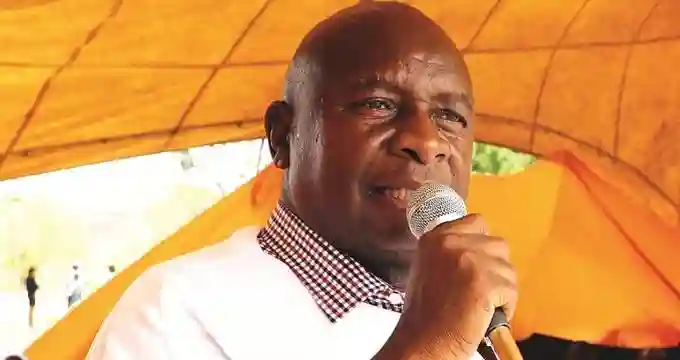Zimbabweans should prepare for increased load shedding as the festive season approaches, due to the frequent breakdowns of ageing equipment in units one to six at Hwange Thermal Power Station.
The situation is expected to worsen with the onset of the rainy season, leading to an increase in electrical faults.
During a Question and Answer session in the National Assembly on Wednesday, Energy and Power Development Minister Edgar Moyo told lawmakers that the planned repowering of the old units at Hwange, starting in 2025, along with a requirement for ferrochrome smelters to generate their power, will help mitigate the country’s power shortages. Said Moyo (via NewsDay):
The frequency of blackouts has increased. First, as a result of the old and antiquated equipment in units one to six at Hwange which we are working on where we have signed a deal with a company from India — Jindal, which is going to start on the repowering exercise beginning early next year. That is one way of reducing the frequency of those blackouts.
Secondly, we are getting into the rainy season where we experience lightning, and wind — our infrastructure is going to be affected. We have been talking about a strategy on how to quickly respond to that.
Moyo said the drought experienced during the 2023-24 summer season has resulted in low water levels in Kariba Dam. He said:
Understandably so, we have been affected by the drought, Lake Kariba is a very critical asset in the power production process because that is the area where we use to balance power.
It is where we are able to ramp up production of supply or reduce it so that we can maintain a balance in the power supply. So, the issue of drought has really affected us and the impact is high.
However, to reduce the impact and to ensure that we supply those areas that cannot supply themselves, we have asked ferrochrome smelters to develop their own generation so that by the end of 2025, they will be able to supply themselves.
On November 1, 2024, the Zambezi River Authority (ZRA) reported that the usable live storage at Lake Kariba—water available for power generation—had declined to 2.89 billion cubic meters (BCM), representing just 4.46% of capacity. In contrast, on the same date in 2023, the usable live storage was 11.59 BCM, or 17.90%.
More: Pindula News

